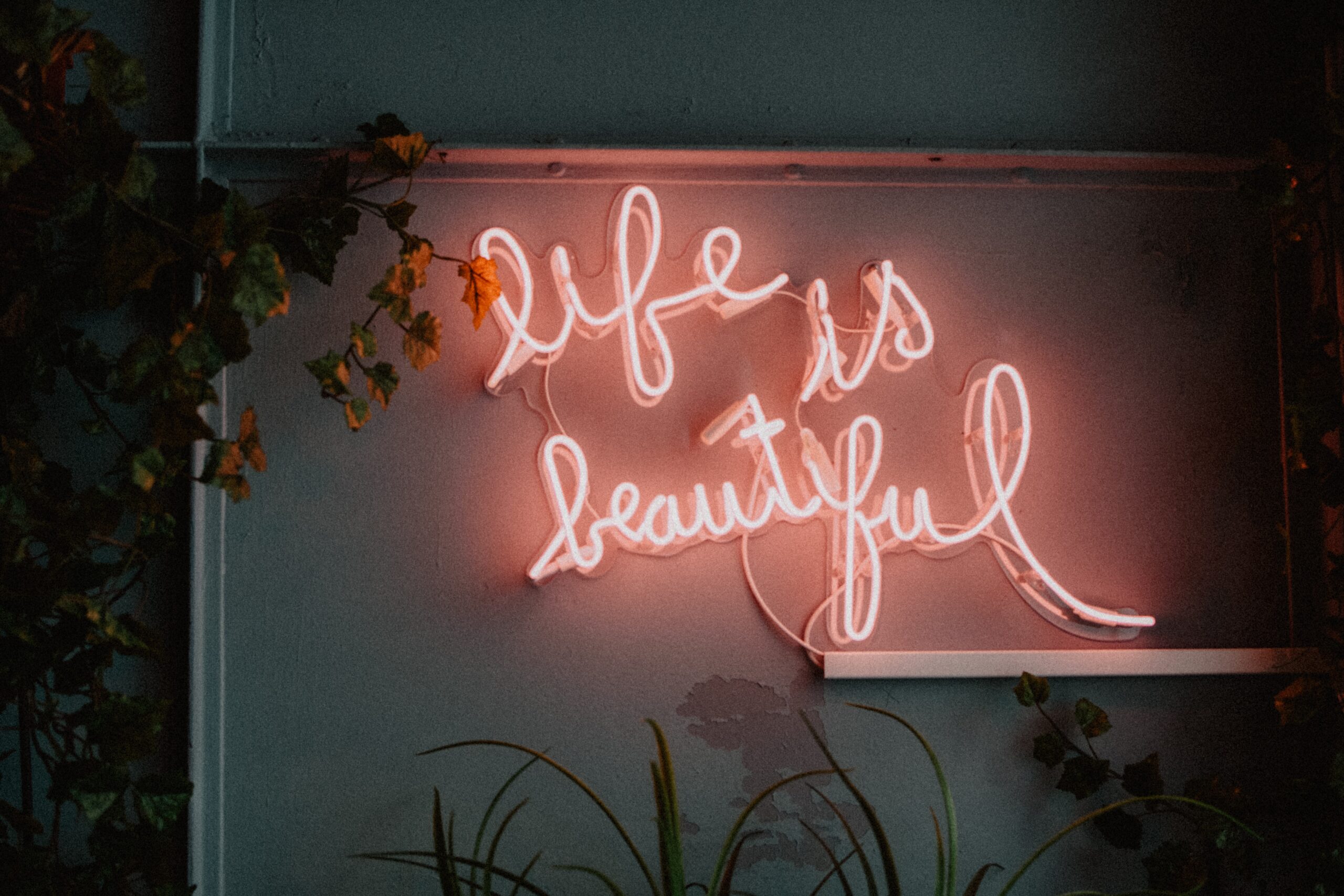I’m fascinated by advertisements.
I think it began somewhere around the age of 14. I’d been elected captain of my college’s Debating Club and my first debate was titled, “Advertisements: Good or Bad?”. My team argued for “Good” and initially we felt that we’d drawn the short straw. There was no way in hell that I was going to lose my first debate as captain. I really did my homework and my parents actually thought I was preparing for an exam of some sort. Result! Midway through the debate we had the assembly cheering and whooping. We won of course. And thus, a lifelong intrigue with how advertising influences our lives was born.
Advertisements come as close to legal mind control as you can get. What particularly captivates me are taglines. Taglines seal the deal. Yes, the images, people, photography, colour, and beauty of the product are lovely to behold. But it’s the tagline that nails it. It’s what keeps the brand and the desire for the product in our minds. Sheer brilliance shone through Samsung’s “One generation’s impossible is the next generation’s normal”. Honda’s “It’s not what you make, it’s how you make people feel” is moving and powerful. My all-time favourite however is LG’s “Life’s Good”. An awesome reminder every time I turn on my television, which is very often.
Through the years advertising and marketing have become totally invincible in their ability to influence our consumer behaviours and choices. This has brought them billion-dollar success. The UK’s advertising market is lucrative. Just to give you an idea; in 2016 it was worth over £21bn. In 2017 it was over worth £22bn. This year it’s valued at a little over £29bn. They’re not only doing something right. They’re learning how to do it right amid changing social, political, environmental, technological, and economic flux. They have to, because if they fail their customers fail.
As an innovator in the field of healthy ageing I’m always looking at how we can learn from the unusual suspects. How can we learn from these powerhouses? There are two key things we can do. First of all, we could follow their lead and recognise the power people have. Buying power. Buying power that amounts to £320bn of annual household spending. People 50+ are consumers first. They hold three-quarters of this nation’s wealth. Yet we hold fast to seeing adults through the lens of patients, the elderly, OAPs, vulnerable and needy, or consistently lacking passion, taste and zest for life as they age chronologically. Secondly, we could change our approach to innovation and commercialisation to mirror theirs. They appeal to people’s sense of self-esteem, power, sexuality, cultural identity, and aspirations. Whilst ours is largely one of sickness, need, dependence, medicalisation, and deficit. They woo people; we poo-poo people.
Commercial success continues to elude businesses targeting the age-related market. Time and time again I’ve heard the same reasons given for market failure. They range from lack of business models, poor user-engagement, poor design, complex regulatory frameworks, and the list goes on. And yes, each may have a role to play to some extent. But what if the problem is something more fundamental? Could it be that what is developed just doesn’t make people feel good about themselves? Could it be that consumers are not seen as discerning by virtue of their age? Could it be that business innovators do not see them as consumers at all?
What does it say to someone when your product is advertised in those unattractive pamphlets in the Sunday newspaper? Hands up if you’ve ever bought anything from one? What does it say to someone when the images supposedly representing them screams passivity and decrepitude? The wrinkly hands on the walking stick have been done to death. And so too the carer stooping next to the smiling older adult in the recliner. Let’s not talk about the group of adults with snow white hair seated on a sofa looking at a laptop in the throes of delight.
What is designed, advertised and marketed to everyone else are aspirational lifestyles, triggering positive self-esteem and the desire to own beautiful products. And yet what is currently designed, advertised and marketed by the “healthy ageing” industry has none of these qualities. Between the technology geek and the healthcare freak stands a willing and paying customer. It’s time we changed the way we look at people in mid to late adulthood. We will find they behave and want what everyone else does.
It’s time to turn away from the degenerative, dull, and demeaning approaches. Its time to rid ourselves of outdated notions and attitudes about older adults and concede that we’re just not getting it right. It’s time we open up to learning from others. Let us learn from the advertising and marketing industries how to use words and images that make people feel good. Let us make our products and services ‘must-haves’. We all want to feel happy, loved, and excited by other people and things. Let us harness their know-how and make ourselves feel that whatever our age or stage in life, we are worth it.

